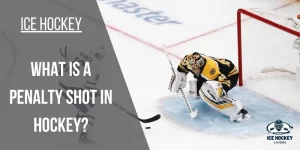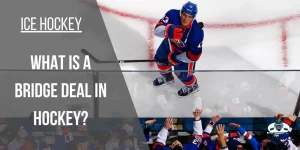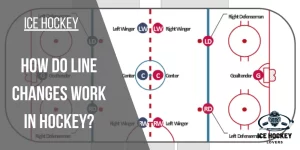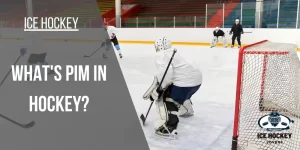Fighting Penalty Hockey: The NHL’s Fighting Penalty Explained!
Ice hockey is an exhilarating sport known for its fast-paced action and physicality. One aspect of the game that captures the attention of fans and players alike is fighting penalties.
This comprehensive guide will delve into the intricacies of fighting penalties in ice hockey, exploring their rules, safety considerations, and impact on the game.
Table of Contents
What is Fighting Penalty Hockey?
In hockey, when players get into a physical fight with each other, they are given a penalty. This means they must leave the game for a specific time. The fight usually starts when one player takes off their gloves and challenges another player to fight. Players can punch each other once the gloves are off until the referee stops them.
NHL Rules on Fighting
- Fighting Allowance: The National Hockey League (NHL) acknowledges that fighting occurs within the game, albeit with specific regulations in place.
- Five-Minute Major Penalty: When players engage in a fight, they receive a five-minute major penalty, leading to both players being sent to the penalty box.
- Instigator Rule: The NHL discourages players from instigating fights by imposing additional penalties. The instigator of a fight receives a two-minute minor penalty, a five-minute major penalty, and a ten-minute misconduct penalty.
- Fighting Offenses: Players involved in fights are subject to disciplinary action, including suspensions and fines, based on the severity of the offense.
Safety Considerations
The NHL prioritizes player safety and takes measures to minimize injuries resulting from fights. While fighting remains part of the game, the league has implemented various safety protocols and initiatives to protect its athletes. Some of these include:
- Helmet Requirements: All players must wear helmets during fights to reduce the risk of head injuries.
- Officials’ Intervention: Referees closely monitor fights and step in when necessary to ensure the players’ safety.
- Penalties for Aggressive Actions: The NHL penalizes players for excessive aggression, such as targeting vulnerable opponents or striking with excessive force.
Impact on the Sport
- Emotional Catharsis: Fighting in hockey allows players to express their emotions, diffuse tension, and rally their teams.
- Fan Engagement: While opinions on fighting may vary, it undeniably captivates the attention of many fans, generating excitement and energizing the crowd.
- Enforcer Role: Throughout history, some players have specialized in fighting and enforcing a physical presence on the ice. These enforcers play a distinct role within their teams, adding an extra dimension to the game.
Conclusion
Fighting penalties are a unique aspect of ice hockey that continue to capture attention and generate intrigue. While they are not officially condoned, their presence in the game raises essential questions about player safety, emotional momentum, and the enforcement of unwritten rules. By understanding the rules and implications of fighting penalties, fans can develop a deeper appreciation for the sport and the complexities that make ice hockey a captivating experience.

Who is Austin Taylor?
Meet Austin Taylor, your go-to source for everything ice hockey! With a passion for the sport that’s as deep as the ice itself, Austin Taylor brings you concise, expert insights and nitty-gritty details on all things hockey. From gear reviews to strategy breakdowns, Austin Taylor is your trusted guide to navigating the exhilarating world of ice hockey. Get ready to lace up your skates and dive into the game with Austin Taylor as your ultimate companion.




